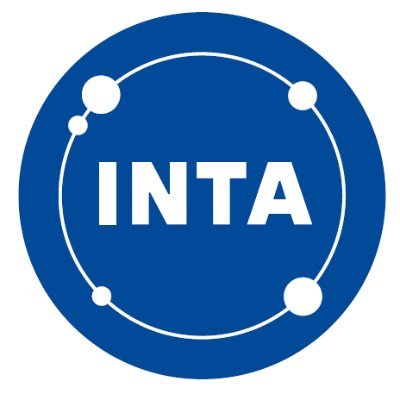Código
65OP
Horas
30
Fecha
24 Jun 2024
28 Jun 2024
Precio
157,5 € Tarifa C
Tipo
Escuela
Temática
Ciencia y Tecnología
ECTS
2,5
Sede donde se gestiona
Santander
Lugar de impartición
Santander - Península de la Magdalena (Hall Real)
Dirección
Víctor Parro GarcíaCentro de Astrobiología CSIC-INTA, SpainBritney SchmidtCornell University, USASecretaría
Carlos Briones LlorenteCentro de Astrobiología CSIC-INTA, SpainCOLABORACIÓN

Descripción de la actividad
The XX International Summer School of Astrobiology “Josep Comas I Sola” will be focused on the immense possibilities represented in the study of exoplanets and their potential to harbor life. With more than 5500 exoplanets now detected, and in the era of large ground and space based telescopes, we are on the precipice of moving from detection into characterization of these distant worlds through the window of their atmospheres. As we do so, understanding the history of our home planet and solar system as examples of the characteristics, processes, dynamics that conspire to create atmospheric signatures serves to guide our way.
In the next 20 years, a growing amount and diversity of data from recent and current ground and space-based telescopes like Kepler, ALMA, CHEOPS and James Webb Space telescope will be available, and observations for future missions and telescopes like the ELT, PLATO, Nancy Grace Roman Telescope, and Habitable Worlds Observatory, will be designed and executed. This requires synergy across instrument design and science. What instruments do we already have? Which do we need? How do we design observations to help us search for life? Planning to gather and interpret these distant signals naturally will include: understanding where to search; seeking examples from the early evolution of life and its effects on our home planet; modeling the atmospheric dynamics that mix and move gases across the planet; and disentangling the history of the star and planet in the context of their galactic setting.
Four outstanding teachers (two American and two European), experts in the field, will share the latest news and discoveries, discuss existing and new telescopes and technological challenges and design considerations for future observations, as well as cover the frontier in co-evolution of life and the biosphere and progress in planetary atmosphere and biosignature modeling.